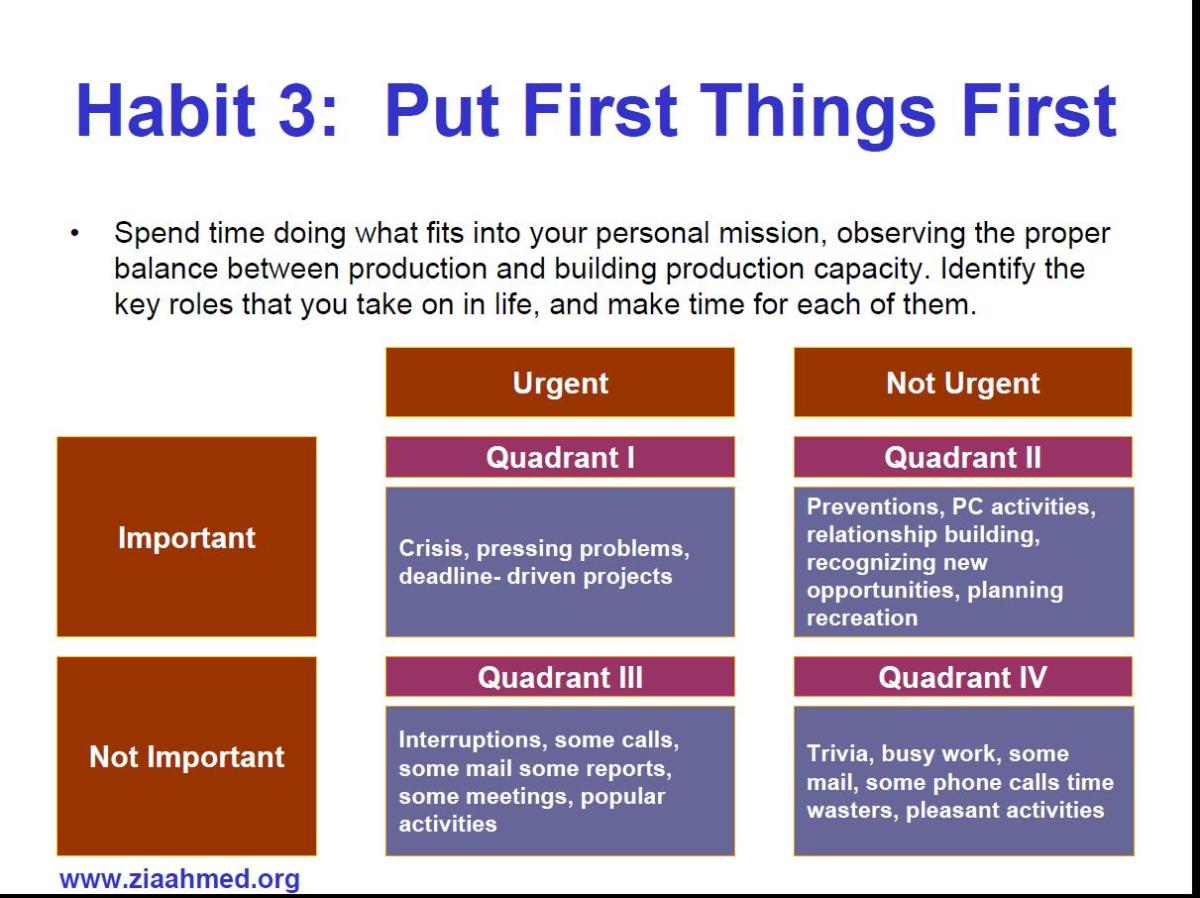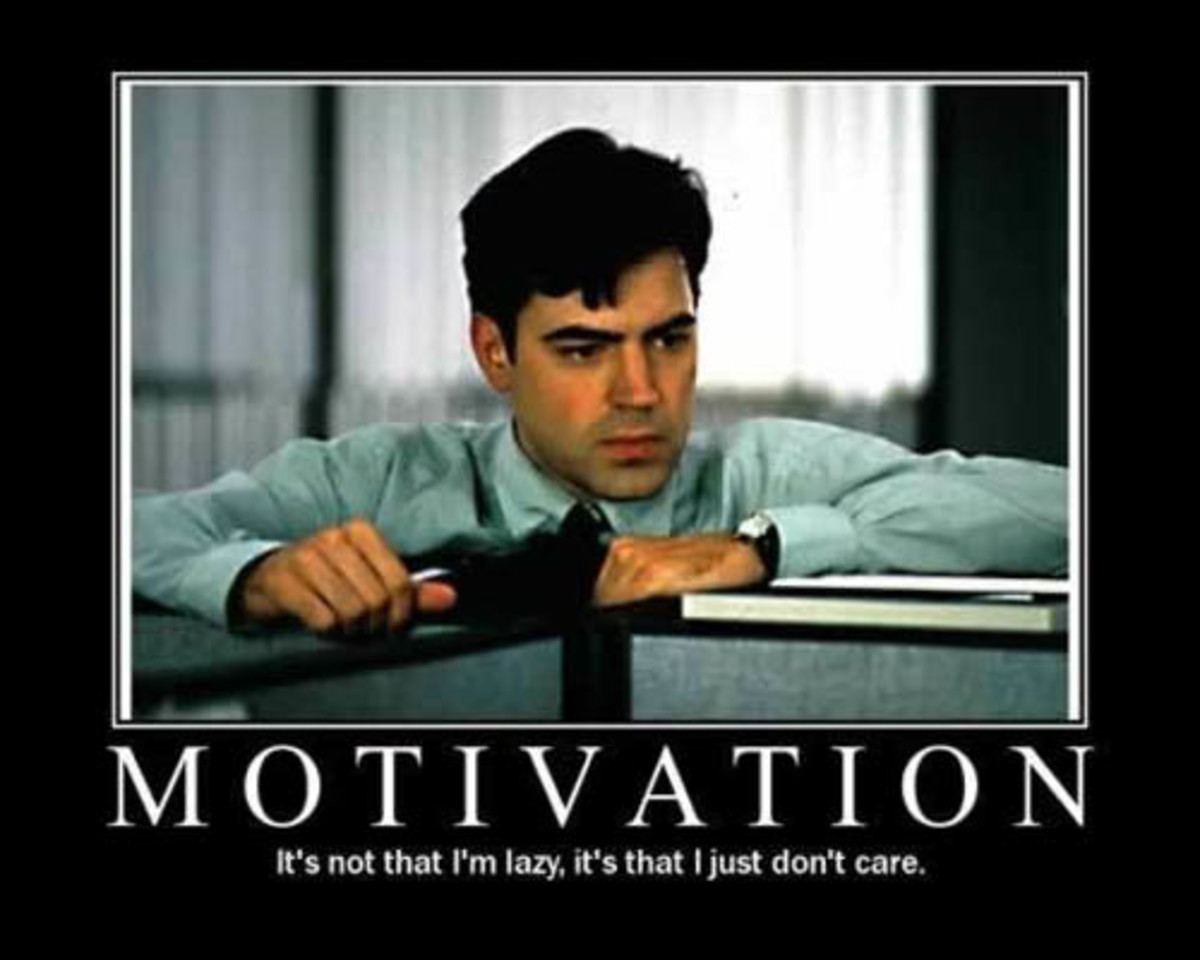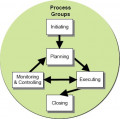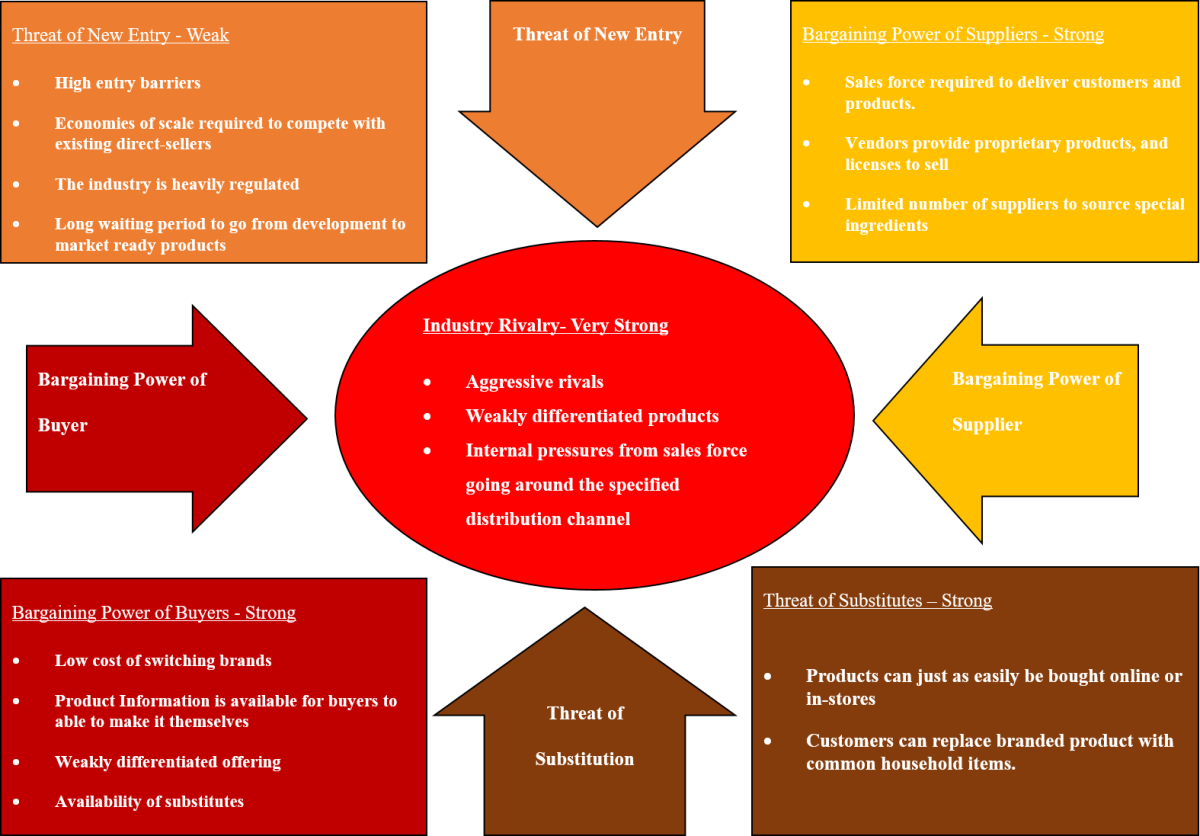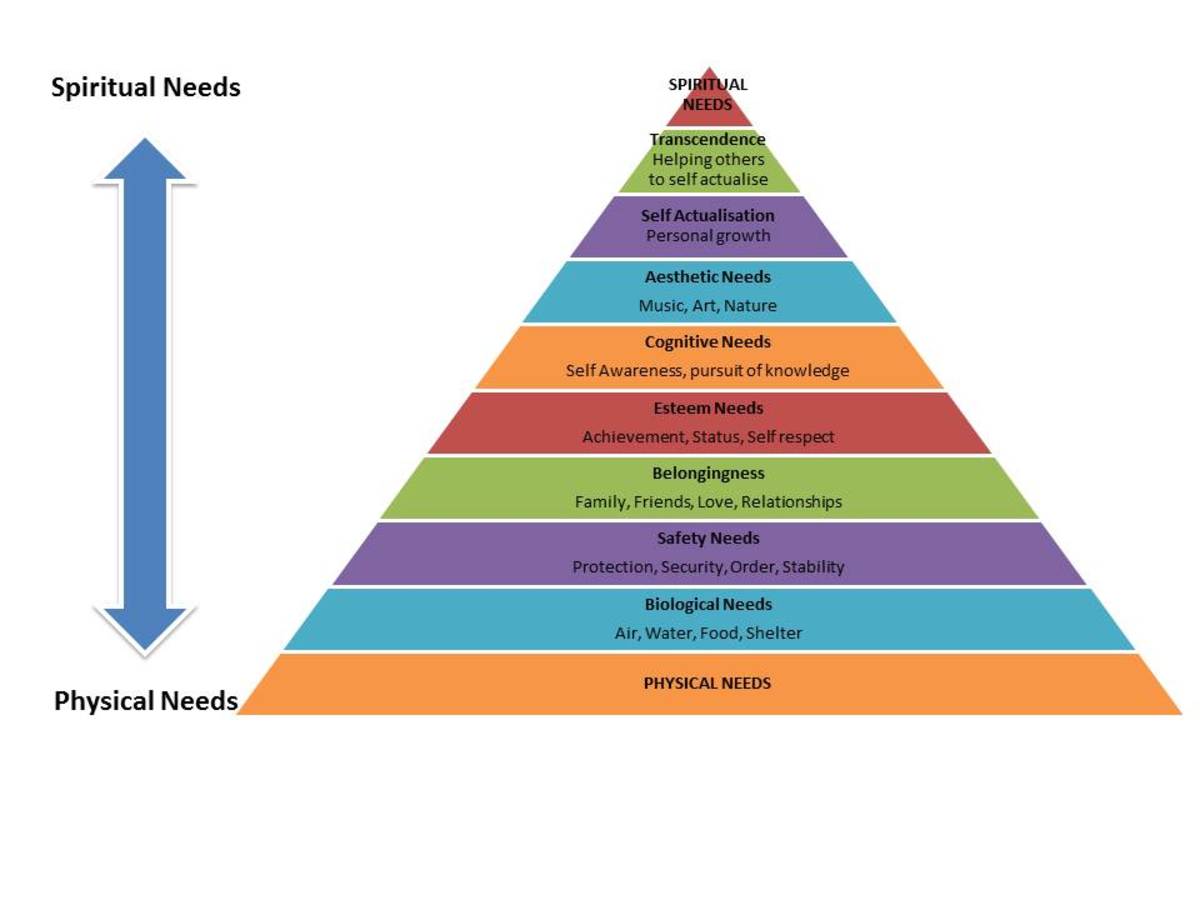Employability and Professional Development
Employability & Professional Development
Employability & Professional Development
Introduction
Having been hired as an IT manager at Golden Fleece Recruitment Company, I am expected to start by managing the current project that involves the installation of a new computer system. Given that the company has been growing well o an extent that it is experiencing rapid expansion, this should go a long way in enhancing performance, and even allowing for more growth. Here, I will present personal and professional competencies required to carry out my duties as an IT manager effectively. I will also discuss the types of methods to be used, and how they will be used towards different personnel within the organization. In addition, I will discuss team dynamics within the department as well as the tool, methods and strategies that will be used in resolving conflicts within the department.
- Task 1
1.1.Own current skills and competencies against professional standards
Some of the major skills and competencies I possess as an it manager for the company include;
Thinking skills
This is an important skills that allows for arriving at appropriate solutions through the visualization of new potentials, identification of problems as well as the ability to define and analyze them through a rational process. As a result, it becomes possible to arrive at the best possible conclusions and solutions. Given that the company is planning to achieve its objectives within a given time frame and budget, this skill will be important for; negotiations, identification of setbacks and the general implementation of the new technology. This is due to the fact that the company will have to determine the best possible vendor to work with, long term relationship with the vendor as well as the long term benefits of the system.
All this will require careful assessment before the project kicks off (Prahalad and Hamel, 1990).
Flexibility
Although I have to work within a given time frame and budget, and despite the fact that I am an it manager with a variety of skills and knowledge, I would also have to work with others in order to carefully consider all the best alternatives with regards to the team to work with, as well as the best possible system to serve and benefit the expansion. Flexibility will allow me to take into consideration the input and contribution of others for the best possible outcome.
Leadership and communication - these go hand in hand. Given that the project will bring together all the stakeholders, these skills will allow me to mobilize energies as well as talents of the team, communicate the goals and objectives clearly and communicate the progress of the project clearly to all the stakeholders. From experience, I have come to learn that good communication allows projects to proceed more efficiently to completion. However, this requires that a leader inspires the team to contribute their best to the success of the project.
1.2. Own development needs as an IT manager to work effectively
Apart from the skills and competencies I possess, I realize that to manage the project effectively, I will have to develop some more skills in order to function effectively. These will include developing more on my IT management skills. In this area, the areas of knowledge I will have to improve on include; lifecycle management as well as tools and techniques management. The central objective of lifecycle management is to be able to manage the entire project in accordance to the standard process. However, this will require a good understanding and knowledge on how to use system development lifecycle. On the other hand, tools and techniques aims at ensuring the optimization of given activities in the development of the system. This will largely involve selecting and applying the most effective tools as well as performing technical activities in the most appropriate manner.
For this project at golden fleece Recruitment Company, developing this areas will allow me to use these tools appropriately assess and measure progress, predict setbacks and identify the most appropriate mitigation strategies. However, this will require some level of training sessions in order to obtain sufficient knowledge and enhance personal skills (Prahalad and Hamel, 1990). Developing this skills and knowledge will involve interaction with others in the management position, training sessions by professionals as well as attending seminars associated with advancements in the field.
1.3. Personal and professional development plan
Given that I have already identified areas of development, the plan will proceed as follows;
Step 1; a review of the components of the plan- This will involve;
Identification of the major needs that align with the needs of the organization and project,
A documentation of the primary outcomes of the activities of professional development
Step 2: clarifying personal and professional goals.
For the future success of the new system and advancements, it will be necessary to determine whether the goal is S.M.A.R.T. this means that the goal has to be specific to the objectives of the new system and company goals, measurable (tools and techniques to determine if the goals and objectives have been attained) attainable (determining the most appropriate ways of attaining the goals) realistic (it is necessary to determine whether the goal can be truly achieved and accomplished) and timely (the goal has to be time-bound and in line with the time frame of the project in question).
Step 3: determining ideal strategies and activities that will help accomplish personal and professional goals
In this step, SWOT analysis will help determine the strengths, weaknesses, and opportunities of the available strategies/activities that will help accomplish personal/professional goals (Ronald, 2013).
This will involve using SWOT analysis on such strategies and activities as finding a coach to work with, professional readings, learning to use a variety of new technology and or getting involved with the best possible professional firms. Here, it is necessary to look at the time frame, cost of such activities and how well they align with the goals and position of the IT manager.
For the position I hold in the company, I would have to consider such activities as working closely with a trainer, learning to use different types of the new system to be implemented, and using professional readings to develop personal knowledge on the system, tools of assessment and analysis as well techniques of overseeing the project.
Step 4: plan evaluation
This is the step that involves assessing how personal and professional goals reflect my needs,
Determining whether goals are clear,
Assessing alternative
Step 5: creating a portfolio of achievements
This involves creating a list of achievements made so far in to the chose activities.
1.4. Reflection of own development as an it manager at the company
In order my it management skills (lifecycle management as well as tools and techniques management) I was inclined to use three main strategies, which proved significant in not only saving time, but also appeared to the most cost efficient. There included Professional readings, learning to use different types of the new system; as well as getting involved with the most suitable professional firm. The three proved effective in developing my knowledge about advancements in the field, identifying the most appropriate vendors/suppliers in the field and a variety of tools and techniques as an it manager. However, the three (Honey, Peter, and Mumford, 1992) complemented each other given that I had to associate with professionals in order to have a clear understanding of some of the new technologies to be implemented. Personal and professional developments also align with the goals of the company to use the new system to fit the new expansion and allow for better performance more efficiency in accomplishing various recruitment tasks/operations.
- Task 2
2.1.Communication
Different types of communication will be used to communicate with different personnel within and outside the company. As an IT manager during this period of implementing the new system, effective communication will help prevent setbacks and ensure that all parties involved are on the same page.
Verbal and non-verbal communication
Verbal communication involves the use of words, while non-verbal communication involves the use of body language (facial expressions, eye contact, posture and gestures) to communicate. This may also involve touch, a firm handshake or even a pat on the back. As the IT manager, I will use verbal communication to make a presentation of the project to the company's executives, its progress, setbacks and mitigation strategies. This opportunity will also be used to highlight the primary, long term benefits of the new system, how it will be used and the need to train employees on how to use it for high performance and efficiency. Verbal communication will also be used to explain the impacts of the new system to the other employees as well as training on how to use it (Berko, et al, 2010).
I will use non-verbal communication to express my satisfaction with the team and employees depending on the progress. For instance, making eye contact with my team during the implementation process of the new system will help emphasize its significance and the need for a good job, a thumbs up or a pat on the back will show satisfaction with how well the team is adapting to the new system while a smile will prove that I am a friendly and approachable manager to my team.
Formal and informal feedback
As the it manager of the company, I will have to use formal appraisals as well as performance reviews to assess how my team is getting used to the new system. Moreover, I will recommend that the executive recommend the same in order to determine how they other employees are getting used to this electronic system, and how it has enhanced their performance in their respective positions. Informal feedback will involve the day to day communication/interaction to get individual feedback from the other employees to determine how they are fairing with the new system (London, 2003). This will also allow them to give their concerns, and opinions which would contribute to more efficiency better performances.
This will go a long way in ensuring that the company as a whole moves forward as a unit and allow those at the management level, including myself to find the most appropriate training methods for all employees in order to equip them with the right skills and knowledge to learn how to effectively use the new system for the enhanced performance.
Openness and responsiveness
Openness and responsiveness allows for an effective flow of information throughout the company. As the IT manager, I will encourage all employees and stakeholders to communicate their concerns or recommendation with regards to the new system. Apart from the new system to be installed, I will encourage all employees to communicate freely to enhance the use of new and more advance technology throughout the company. I will also encourage the rest of the executives and managers to do the same in order to allow all employees to be free and give their views about this and other issues, and thus allow for use to be more responsive for the ultimate benefit of the entire company in general.
2.2. Effective time management strategies
Time management strategies will allow the company and department to save time on various projects and tasks. As the it manager at the company, I will only use the most effective strategies that will ensure projects and tasks are completed within the projected time frames.
Prioritizing workloads
The prioritization of the workload is one of the most effective ways of managing time effectively. For instance, given that the new system will have to be implemented within a given time frame and a specific budget, priorities will include talking and negotiations with a variety of venders in order to determine who will offer the best deal possible. However this will follow assessing the significance of the new system to the company, its short and long term benefits to effective performance, cost cutting capabilities as well as its benefits over the current system. Such priorities will allow the company as a whole to see the benefits of the system, and thus welcome the installation. Prioritizing workloads will help complete tasks that are essential first to avoid major setbacks and delays in having important tasks from being completed in good time. I will therefore direct my team to complete the most important tasks first in order to not only save time, but also save money given that extending tasks and projects tends to affect the budget allocated to give tasks and projects.
Setting work objectives
This will go hand in hand with the other strategies such as making and keeping appointments as well as reliable estimates and using time effectively. As the IT manager, I will also be in charge of the project and other areas regarding the use of it. For instance, I will set work objectives by identifying what is a priority and tasks that are not a priority. In the course of this project, I will have to consider the fact that other employees have to use the system for their day to day tasks. For this reason, I will have to set work objectives that will ensure that there is minimal disturbance to their tasks, and even in the event that this will affect their work, we will have to complete essential tasks first to allow them to get back to their tasks within the shortest time period. Making and keeping appointments will ensure time is used effectively to avoid postponing work, which may result in an overload. In the it department, work objectives will be directed towards addressing all the concerns of the other employees to allow them to continue working effectively without major setbacks to their tasks that require the use of the computer system, internet and other parts of the system.
- Task
3.1.Team dynamics
Essentially, team dynamics may be described as the unconscious and psychological forces, which tend to influence the direction of the behavior and performance of a team. There are a variety of forces that play a role in influencing the various behaviors of the team including: the roles of the teams, types of tools and technology used, the culture of the organization as well as the style of personality.
To achieve the shared goals of the department and the company in general, I will first have to hold a meeting with the entire team to discuss the project in detail. This will also allow me the chance to communicate the significance of the new system, future of technology in the company and how they will be used. Moreover, this will allow me the opportunity to divide various tasks to the team on the basis of their expertise. This will allow for the team to work together with the other experts to ensure that the system is up and running as projected. I will play the primary role of communicating all the necessary equipment and electronics that will be required for a successful completion. There will be a team to work on the projected time within which it is realistic to complete the project, while others will work on documentation and finances for the project. With each individual having particular task, the team will work together towards a successful installation and completion of the project. However, some will still have to set up appropriate training sessions that will ensure other employees learn about the new system, how it functions and how it will be used. Assigning specific tasks and assignments to everyone will help everyone feel that they are part of the team, and thus not left out. Therefore, everyone will deliver their best possible performance to do their part in order to contribute to the success of the overall project, and thus achieve the overall goals and objectives of the company of ensuring that the new system allows the expansion to achieve success.
On the other hand, it is necessary for the team to work together towards the success of achieving these goals. For this reason, IT will be necessary to have;
Productive meetings
These will be held on a weekly basis (or whenever need arise) to discuss how every individual and teams are carrying on with their tasks. This will help highlight setbacks, challenges, and opinions on how the team can proceed more effectively. Meetings will also help me as the IT manager is in a position to collect data and make a good report on progress, and projected time of completion.
Team building Issues
This will help highlight arising issues and find solutions to challenges, and thus motivate individual teams to stay on track. Moreover, this will help emphasize on the goals/objectives, emphasize on interdependence to ensure no one is left behind or stagnant in their task and enhance communication. This will clear any misunderstanding, ensure that those are stuck get support, and thus enhance team cohesiveness.
Once the team as a whole has successfully installed the new system, it will be time to engage the rest of the employees to help them get used to the new system. This will involve regular interaction with them to explain areas they may have some difficulty with, and even organize training sessions as well as Q&As , which will clarify utilization of the new system, and how it can be effectively used optimally for enhanced performance.
3.2. Alternative ways of completing tasks and achieve team goals
Hire a new team
Although the original plan would involve having an expert (external) who will work with the it team from the it department to install the new system and get it started, another alternative would involve having a external expert working with his/her team from without the company to install the new system for the company. In this case, the it department would simply learn about the new system, how it works and the new features it comes with, and teach this to the rest of the employees, who will get to work with the new system for their various tasks. The benefit of this alternative is that the project would be completed way ahead of the deadline given that the new team would be composed of individuals who already have knowledge and expertise about the new system. In addition, the IT department team of the company would get enough time to learn about the new system, and teach the other employees about it while it is still being installed. This would therefore ensure that employees of the company get used to the system while it is being installed, and are therefore well prepared to use it when installation is completed. Although this may expand the budget to some extent, time saved would, and having employees learn about it early enough would be worth taking this alternative approach.
On the other hand, the tasks involved may be completed by the team under the direction of a consultant. In this case, the expert may not have to be physically present, and thus will a have to direct my team through such means as video conferencing. This would allow me and my team to undertake project on our own, only consulting where we have some difficulties. However, individuals or team members will still take individual tasks such as educating the other employees, ensuring the right hardware arrives in time and keeping executive informed among other tasks. This will also help manage time effectively given that we would all be working together as a team towards the successful completion of the task in order to meet the objectives and goals of the company (ensure the new system enhances performance and output of the expansion)
- Task 4
4.1. Review tools and methods of reconciliation
Mediation
With mediation, an impartial party voluntary gets involved in the to help enhance communication between the two conflicting sides, which ultimately helps in the reconciliation process (Susan and Hal, 1996). The conflict may between the department and suppliers over payments and equipment, between team members even between me as the IT manager and a team member. In this situation, a third, but impartial party will engage the two conflicting sides through dialogue to allow the two sides to communicate their concerns. Mediation is an important tool that allows for enhanced communication and interaction in order to get to the bottom of the issue. It will also help identify the party at fault, or primary cause of the conflict, and thus allow for reconciliation as the two sides get over the issue in order to continue working together (Maill and House, 2001).
Negotiation
This is one of the most basic means of enhancing reconciliation. With this method, I would encourage the two sides to either talk directly with each other or hire attorneys to negotiate on their behalf. This is done outside the court, allowing them to factions a chance to wok out the issue affecting them on their own (Bernard, 2012). This is a much better method of reconciliation given that it will allow for the two to determine the wrong party, and thus reach an agreement on their own, and thus resolve the issue in question.
4.2. A strategy for resolving a particular problem
In the event that there is a conflict between the department and vendor over missing hardware, the following strategy would be used to resolve the problem;
Step 1: identification of the issues
This would involve being clear about the main problem - which parts are missing? Who were involved?
Given that different parties may have varying views on the issues, it will important to only involve those concerned,
Step 2: understanding the interests of those involved
The best solution to the problem will satisfy the interest of all parties involved. It will therefore be important to talk to the main individuals who were involved in the delivery, recipient, signatures of received parts, costs or storage etc
Step 3: listing possible solutions
By this time, the two primary individuals involved in the disappearance of the parts in question would have been identified. In the event that the said hardware never reached the company, the supplier would be at fault, taking blame away from the company. On the other hand, in the event that such parts were received and signed for, the individuals or individual responsible would have to clarify on the events that transpired. Given that everyone or team is responsible for given tasks, they would have to explain what may have happened or take responsibility for the missing property of the company. This steps involves brainstorming to find the right course of actions that will be used to make the right decisions
Step 4: evaluate the available options
This involves an evaluation of possible options. Depending on the party found to be at fault, there are a variety of options available including having the supplier compensate for the problem, ending working relationships with supplier, negotiating a new resolution, getting the employee to pay for missing hardware or relieving the employee of their duties among others.
Here, the options are evaluated to find the most appropriate course of action
Step 5: selecting the most ideal option
Having evaluated the available option, the best possible option is selected. This has to help resolve the problem, and get the project back on track as soon as possible
Step 6: documenting the agreement
This is an important step that may be forgotten. However, it is important to document the agreement for future references whenever need be. Documentation often helps shown that an agreement was reached.
Step 7: agreeing on contingencies
Given that conditions may change with time, it is important to make contingencies on the agreement for the unforeseeable future. This will allow for monitoring compliance and create an alternative course of action in the event that party at fault does not meet its obligations
4.3. Potential impact on the business of implementing the strategy
For the very immediate project and tasks, this strategy may mean putting some of them at halt in order to find an effective solution. This strategy may take a few days to a few weeks to complete, which would significantly affect various tasks and the project in general. Given that the project was aimed at boosting the expansion that the company has made, this strategy would mean that employees would have to continue using the former system, which may inconvenience their work or expectation of the company's clients. However, it is an important strategy that would help establish the position of the department and the company in general with regards to such situations in future. It would show that the company takes seriously such issues, and whichever party found at fault would have to face the consequences. As such, it would go a step further in reinforcing the culture of the company. This is due to the fact that it would show that the company does not entertain unethical behavior either on the part of employees or the suppliers. As such, it would ensure that the company employees and those who do business with the company maintain high levels of professionalism in any dealings to avoid harsh penalties against the party at fault.
Conclusion
The position of an it manager is an important one given that most companies are implementing more and better advanced computerized technologies for the purposes of enhancing performance and thus remaining relevant and competitive in their individual industries. It is therefore important to have a good understanding on the significance of these technology to the overall goals and objectives of the company as well as its success and growth. This requires having a good understanding of these technologies and how they will impact operations of the business. Being a manager of a department, I am also expected to have a number of skills and competencies that will go a long way in ensuring my team performs optimally in their individual tasks and assignments. My department, being the IT department should also be at the forefront on an excellent communication throughout the o company. On the other hand, I, as a manager would be expected to be able to solve issues as they arise and be in a position to minimize conflicts, oversee reconciliation that will in turn ensure the team works together as a team to complete their tasks and other projects effectively. This will go a long way in motivating the team, and benefiting the company as a whole.
Bibliography
Honey, Peter, and Mumford, Alan (1992) The Manual of Learning Styles 3rd ed. Maidenhead: Peter Honey.
Jarboe, Susan C.; Witteman, Hal R. (1996). "Intragroup conflict management in task-oriented groups: The influence of problem sources and problem analyses.". Small Group Research (Sage Publications) 27 (2): 316–338. doi:10.1177/1046496496272007.
London, M., (2003). Job feedback: giving, seeking, and using feedback for performance improvement. 2nd ed. Lawrence Erlbaum Associates, New Jersey.
Mayer, Bernard (27 March 2012). The Dynamics of Conflict: A Guide to Engagement and Intervention (2nd ed.). San Francisco, CA: Jossey-Bass. ISBN 978-0470613535.
Maill, H and Wood house, T. (Eds.)(2001). Contemporary conflict resolution: the Prevention management and transformation of deadly conflicts. Cambridge: Polity Press.
Prahalad, C.K. and Hamel, G. (1990). "The core competence of the corporation", Harvard Business Review (v. 68, no. 3) pp. 79–91.
Quincy, Ronald. (2013) "SWOT Analysis: Raising capacity of your organization". Rutgers School of Social Work. Retrieved 2013-02-25.
Roy M. Berko, et al., Communicating. 11th ed. (Boston, MA: Pearson Education, Inc., 2010) 9-12 Project Management Institute (2004). A Guide to the Project Management Body of Knowledge (PMBOK Guide). ISBN 1-930699-45-X.

